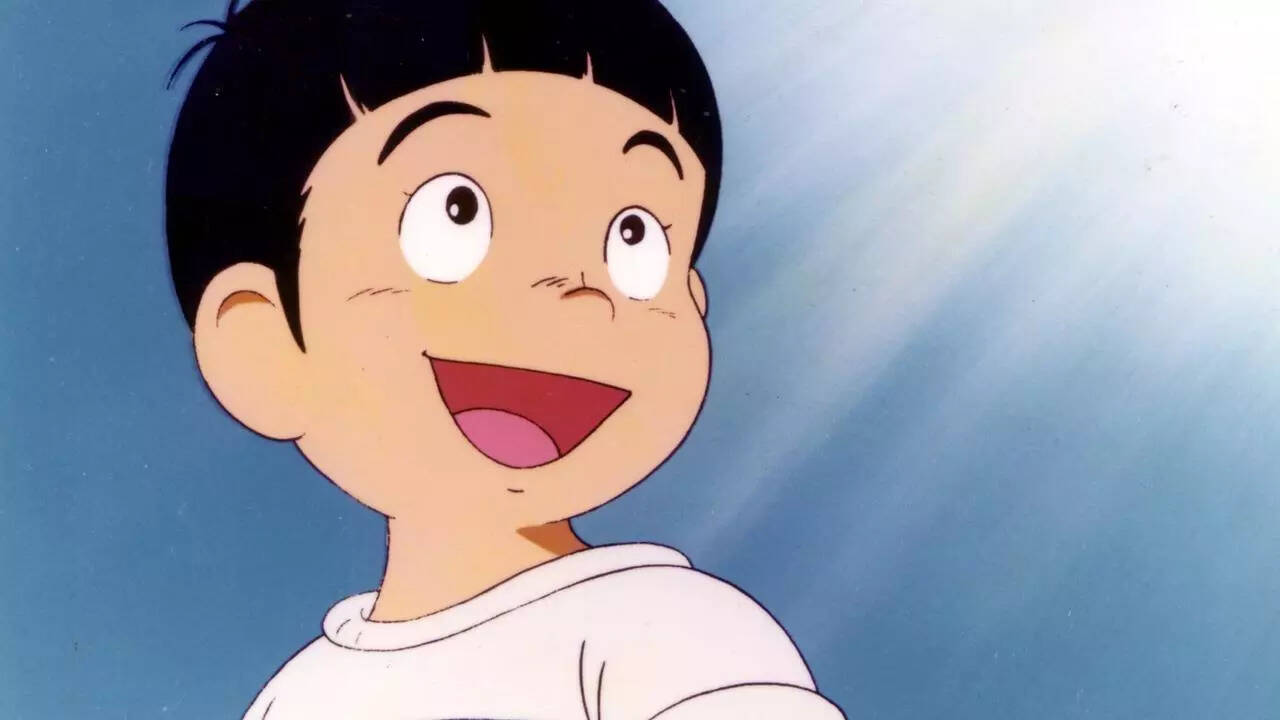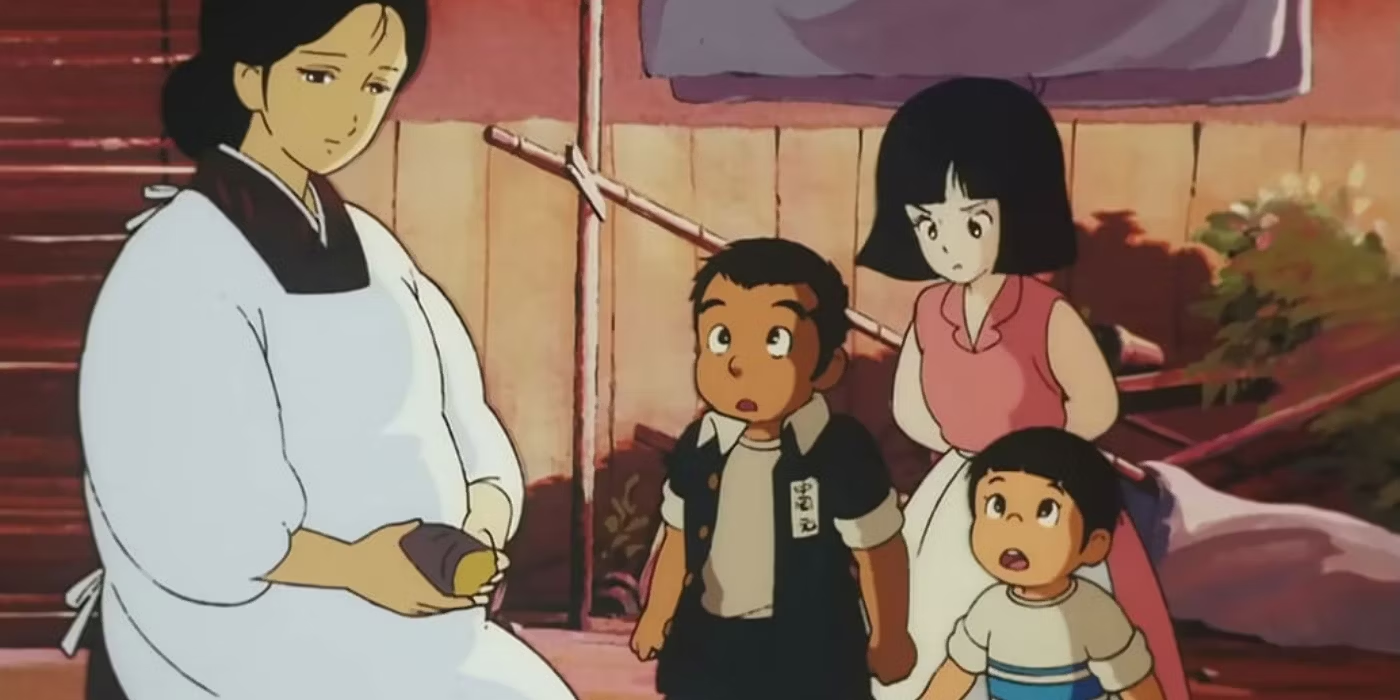After Oppenheimer, Watch This Haunting World War II Anime 'Barefoot Gen'

August 6, 1945, a date that changed the world forever. On that fateful day, the US unleashed an atomic bomb on the Japanese city of Hiroshima , marking the first use of nuclear warfare in history. Three days later, another bomb struck Nagasaki , and Japan surrendered on September 2, 1945, bringing an end to World War II . The world was left grappling with the aftermath of this devastating new weapon, and the specter of nuclear war haunted humanity throughout the Cold War and beyond.
For most of us, the scale of an atomic bomb is unimaginable, but for Keiji Nakazawa , it was a chilling reality. At just six years old, he experienced the horror firsthand when the atomic bomb fell on his hometown of Hiroshima. As an adult and a full-time cartoonist, Nakazawa decided to immortalize his indelible memories on paper.

In 1973, he published the first volume of his manga , " Barefoot Gen ," based on his own childhood experiences. The manga series ran for over a decade and later inspired three live-action and two anime films, with the standout being the emotionally devastating masterpiece, also named "Barefoot Gen," which premiered on July 21, 1983.
"Barefoot Gen" is not just an anime; it is a historically authentic account of the horrors of war and the aftermath of the atomic bomb in Hiroshima. Drawing from Nakazawa's own survival story, the film offers a raw and unflinching portrayal of the atrocities of war. The sheer realism and attention to detail set it apart from other war-themed anime.

Though the subject matter is profoundly tragic, "Barefoot Gen" manages to convey a message of optimism and resilience. Even amid unimaginable suffering, the film teaches us that life goes on, and hope can emerge from the darkest of times. It is a testament to the human spirit's ability to endure and overcome even the most nightmarish circumstances.
Comparisons with other emotionally devastating anime like "Grave of the Fireflies" are inevitable, but "Barefoot Gen" stands on its own as a unique and impactful work. What sets it apart is that it springs from the firsthand experience of a Hiroshima survivor, as Nakazawa draws from his own traumatic memories to craft the narrative. This authenticity adds a powerful layer of depth to the storytelling.
Interestingly, while Christopher Nolan 's "Oppenheimer" captivates audiences with its exploration of the man known as "the father of the atomic bomb," the film omits the destruction of Hiroshima and Nagasaki. In contrast, "Barefoot Gen" opens our eyes wide to the aftermath of the atomic bomb as we follow the protagonist, Gen, and his family's struggles to survive amidst the ravaged city of Hiroshima. The film serves as a stark reminder of the immense suffering caused by the bomb and why it is essential to acknowledge and remember this dark chapter in history.
"Barefoot Gen" not only presents an apocalyptic vision of the bomb's devastating effects but also showcases the indomitable Japanese spirit in the face of seemingly insurmountable odds. In a moment when hope could easily have withered away, the film depicts the resilience and resistance of the Japanese people. It is a poignant tribute to the strength of the human will and a testament to the power of storytelling to preserve history and shape our understanding of the world.
As "Oppenheimer" takes the world by storm, let us not forget the victims of the atomic bomb and the stories that bear witness to their suffering. "Barefoot Gen" remains an essential and unforgettable entry in the canon of films that depict the aftermath of the Hiroshima and Nagasaki bombings. It is a potent reminder of the horrors of war and the resilience of the human spirit—a story that must be shared and cherished for generations to come.
GENZ News is the ultimate destination for the trend-savvy generation! Stay on top of the GenZ news with India's first and the only product for GENZs.